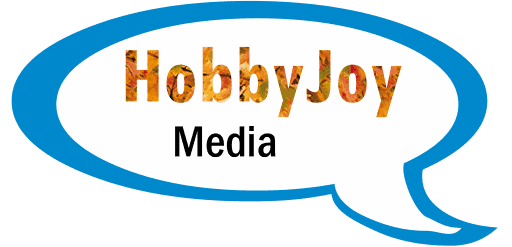Choosing between Retrieval-Augmented Generation (RAG) and finetuning for enhancing a large language model (LLM) application depends on your specific needs and constraints. Here’s a comparison to help determine which approach might be more suitable for different scenarios:
Retrieval-Augmented Generation (RAG)
Pros:
- Up-to-Date Information:
- RAG can access and utilize the most current data from external sources, ensuring that responses are up-to-date.
- Smaller Model Size:
- Since the model can rely on external knowledge bases, it doesn’t need to store all the information within the model itself, reducing the size and complexity.
- Versatility:
- RAG can adapt to various domains without needing extensive retraining, making it suitable for applications requiring diverse information.
Cons:
- Dependency on External Sources:
- The performance is reliant on the quality and availability of the external knowledge base. If the source is down or unreliable, the system’s performance can degrade.
- Latency:
- Fetching and integrating external information can introduce delays, making real-time applications challenging.
Finetuning
Pros:
- Customized Responses:
- Finetuning tailors the model to specific tasks or domains, improving the relevance and accuracy of responses in those areas.
- Efficiency:
- Once finetuned, the model can generate responses without needing to fetch external data, leading to faster response times.
- Robustness:
- A finetuned model is self-contained, reducing dependencies on external systems and enhancing reliability.
Cons:
- Static Knowledge:
- The model’s knowledge is static and does not update unless you perform further finetuning, potentially leading to outdated responses over time.
- Resource-Intensive:
- Finetuning requires substantial computational resources and time, especially for large models.
- Limited Scope:
- The model becomes more specialized, which might reduce its ability to generalize to tasks outside the finetuned domain.
Choosing the Right Approach
- Use RAG If:
- You need real-time, up-to-date information.
- Your application requires handling a wide range of topics.
- Latency is not a critical issue.
- Use Finetuning If:
- You require highly accurate and domain-specific responses.
- Fast response times are crucial.
- You have the resources for the initial computational cost of finetuning and periodic updates to keep the model relevant.
Combining Both Approaches
For some applications, a hybrid approach might be ideal. For instance, finetuning an LLM on core domain-specific knowledge while integrating RAG for the latest information can leverage the strengths of both methods. This ensures the model provides accurate, context-specific responses while remaining current and versatile.

